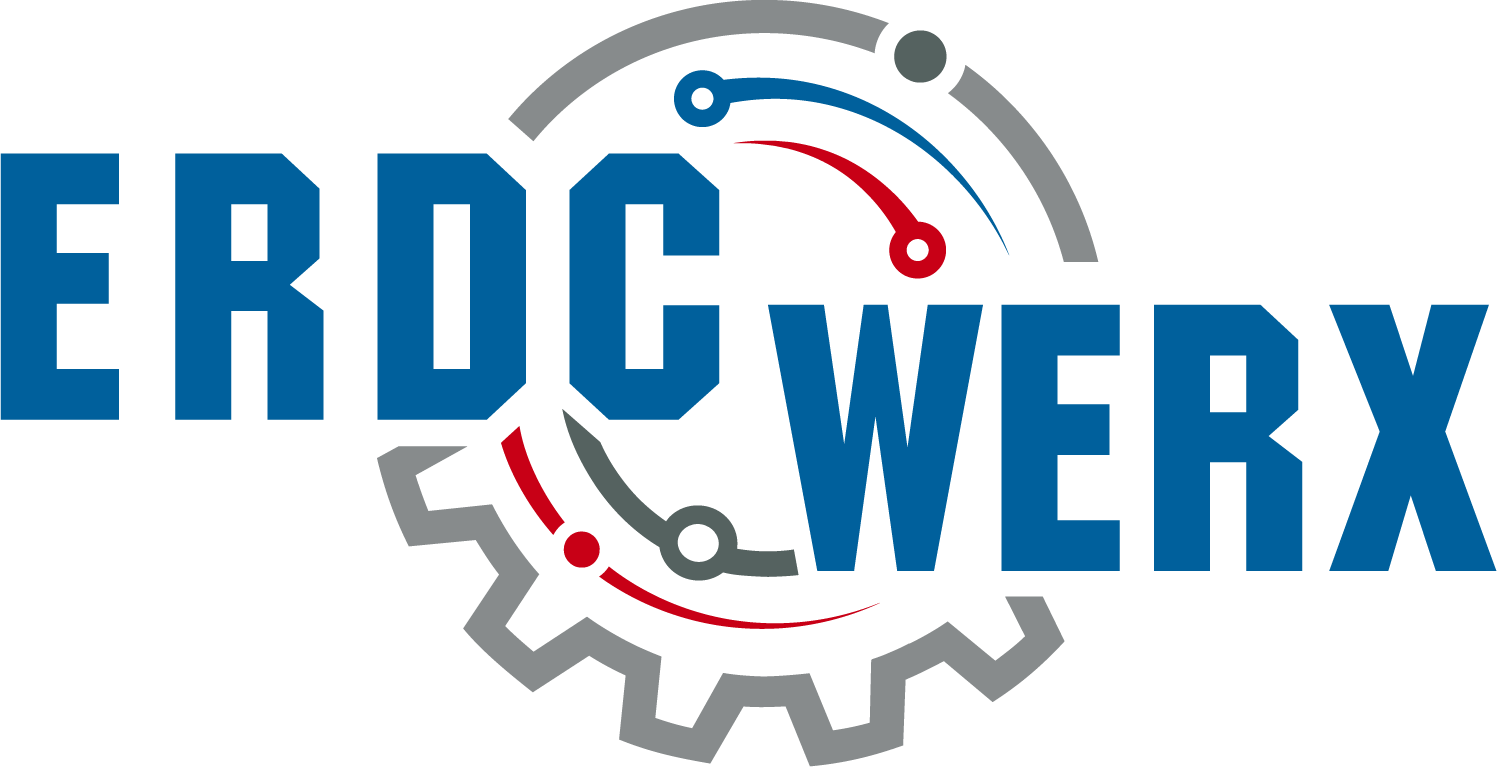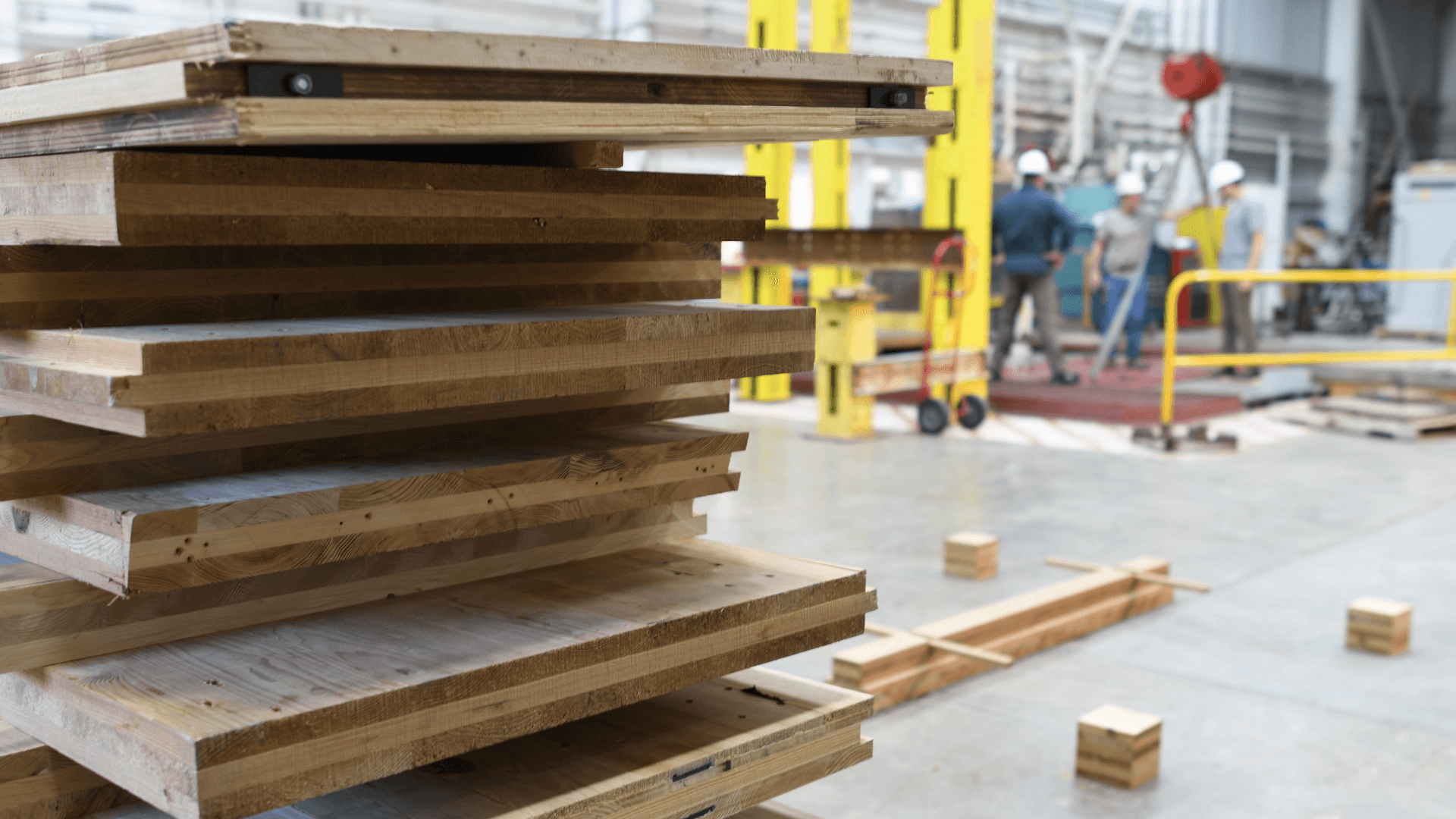Overview
The U.S. Army Engineer Research and Development Center (ERDC) Construction Engineering Research Laboratory (CERL) seeks to identify engineered wood, mass timber, and related renewable materials that are commercially available and supported by industry knowledge and expertise. Down-selected parties will demonstrate the general application of their bio-infrastructure building solution and may be considered for possible funding support.
Problem Statement
DOD building codes have been outpaced by the rapidly expanding engineered wood, mass timber and sustainable building materials industries. These bio-based, renewable infrastructure materials require a fraction of the energy to produce and insulate as compared to nonrenewable materials, but there is a lack of demonstration, standardization, and guidance on the use of these biomaterials in Department of Defense (DOD) Military Construction (MILCON).
Project Manager
Construction Engineering Research Laboratory (CERL), U.S. Army Engineer Research and Development Center (ERDC)
Background
Structural building materials derived from nonrenewable, unsustainable resources are damaging the planet via energy-intensive manufacturing processes and lifecycle greenhouse gas (GHG) emissions. Bio-based building materials are organic resources derived primarily from plants and various byproducts of the agricultural industry. Unlike metals, minerals, and fossil fuels, bio-based products are renewable, meaning the rate at which they are naturally and/or sustainably replenished outpaces the rate at which they are consumed.
Technology areas of interest include engineered wood, mass timber, bio-insulations, bio-adhesives, bio-coatings, chemical and physical treatments, green building, LEED, re-deployable fasteners, prefab panels, GHG reduction, modular building components, hybrid structures, building envelope, sustainable biomaterials, renewable natural fibers, mycelium, R-value, heat flux, energy savings, rigid board, fire resistance, rot resistance.
Sustainability (carbon emissions), design, cost, transportation, labor, and construction metrics will be vital for resulting comparative Life Cycle Analyses (LCAs), Environmental Product Declarations (EPDs), and UFC/UFGS criteria updates.
Objectives
- Understand applicable criteria and standards to develop criteria change requests (CCRs), ensuring the long-term use of selected biomaterials in MILCON
- Demonstrate the innovative use of commercially available biomaterials for full-scale, occupiable DoD infrastructure components and/or systems in place of traditional materials
- Assess the durability of proposed solution through changing geographic environments (sun, water, temperature) and for the protection against outside forces (insects, fungi)
- Attain comparative building envelope and life cycle cost metrics for the proposed solution
- Advance biomaterial strategic sourcing selection, design, and construction to minimize the overall environmental impact (GHG emissions) of a building at a competitive cost as compared to traditional materials
Requirements
ERDC invites pre-proposals that introduce commercially available bio-based building technologies that have the potential to reduce the embodied carbon and improve building efficiency in MILCON. Submitting parties are encouraged to provide evidence of how the innovation has performed in a demonstration at full scale. Design/build experience and/or success in manufacturing building components and full-scale, occupiable structures is of particular interest. Proposed solutions should involve/suggest a demonstration or advancement to existing technologies that are qualified for IBC Type III, IV, and V construction. All potential solutions will be considered against the following program and technology readiness requirements.
The sustainable bio-infrastructure solution must meet the following requirements:
- Comprised of standard-compliant prefabricated modular components or structural insulated panels designed for hand-tool minimization with re-deployable connections
- Evidence of avoided greenhouse gas (GHG) emissions, building envelope performance, and carbon cost benefits via EPDs and LCA/LCCAs
- Improved constructability metrics related to schedule, transportation, labor demands, productivity, traffic, and waste
- Require no more than 10% additional SF/ft3 compared to a traditional structure/component
- Understanding of UFC/UFGS documentation and ability to influence applicable Criteria Change Requests (CCRs)
Not required, but highly desired:
- Evidence of energy absorption performance (seismic, blast, ballistics)
- Mass timber building panels (UFGS Section 06 17 & 06 18 Cross-Laminated Timber and Glued-Laminated Construction, respectively)
- Raw material and/or process optimization
- At or below first cost of traditional materials
Applicants must be registered on SAM.gov.
Note: Submissions should NOT include confidential or proprietary details. Submissions may be shared with other ERDC teams if there is an apparent fit with other ERDC projects.
Estimated Government Funding Profile
Phase I: Downselect by ERDC
Phase II: $200-600K
Phase III option: $300-700K
*Multiple solutions may be awarded in both phases
Estimated Period of Performance
9-12 months after award date for Phase II awards; To be determined for Phase III awards
Desired End State
Phase I: Down-selected parties will demonstrate the general application of their bio-infrastructure building solution in a relevant environment and will be considered for possible funding support in Phase II.
Phase II: Material or modular building component development and qualification testing. Successful completion of Phase II may lead to continued Phase III funding.
Phase III: Entire system development, comparative analyses (cost, feasibility, LCA), specification guidance, and reporting.
Evaluation Criteria
Submissions will be reviewed based on the following criteria:
- Technical Merit – Feasibility and applicability of proposed solution to the requirements and objectives detailed in this Individual Program Requirement (IPR)
- Cost/Schedule – Preparedness and appropriateness of cost and schedule details (Phase II and III only)
- Business Viability – Organizational capacity, years in operation, relevant specialties, and capabilities
- Prototype/Demo – Technology Readiness Level (TRL) 6-7 and availability of this solution for demonstration
Phase I submissions must be formatted as prescribed in the CERL CSO Solicitation document, Section B, Volume I – Technical. Submissions will be evaluated by ERDC and USACE subject matter experts and may be shared as appropriate with other ERDC parties.
Notional Project Schedule
Proposed project milestones include:
| November 21, 2023 | Submissions Open |
| January 12, 2024 | Question Period Ends |
| January 19, 2024 | Submissions Close |
| January 22-February 2, 2024 | ERDC Evaluation Period |
| February 2, 2024 | Selected Participants Notified by ERDC of Request for Full Proposal |
| February 5-16, 2024 | Full Proposal and Virtual Pitch Period |
| February 16, 2024 | Full Proposal Deadline |
| February 19-March 1, 2024 | Full Proposal Evaluation Period |
| May 2024 | Phase II Awards 9-12 Month Contract(s) |
| Anticipated to occur in FY 2025 | Phase III Awards |
*If needed; dates may vary to accommodate project team and participant availability.
Project Security Classification
Unclassified
How to Participate
Qualified parties may submit by completing a submission form and uploading required documentation as defined in the CSO Solicitation document.
1. Review CSO Solicitation document
2. Review FAQs
3. Complete the submission form
Submission Instructions: This solicitation is issued consistent with the authority granted to the U.S. Army Engineer Research and Development Center (ERDC) through the establishment of its Commercial Solutions Opening (CSO), W9132T24SC001. Submissions must follow the requirements as detailed in the CSO Solicitation document.
Questions:
Interested parties may submit questions using this form until January 12, 2024.
Submissions must meet stated requirements and be received no later than 4:00 pm CT on Friday, January 19, 2024.
ERDC-CERL is conducting this project announcement on a full and open basis and intends to award contracts in accordance with FAR part 12 and the FAR part that is deemed most appropriate for the solution proposed (i.e. FAR part 13, 15, and/or 35); the government reserves the right to award prototype agreements (e.g. Other Transaction Agreements), in accordance with 10 U.S.C. 4022, if deemed appropriate and in the government’s best interest.


